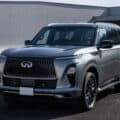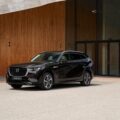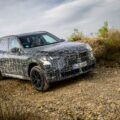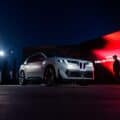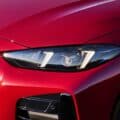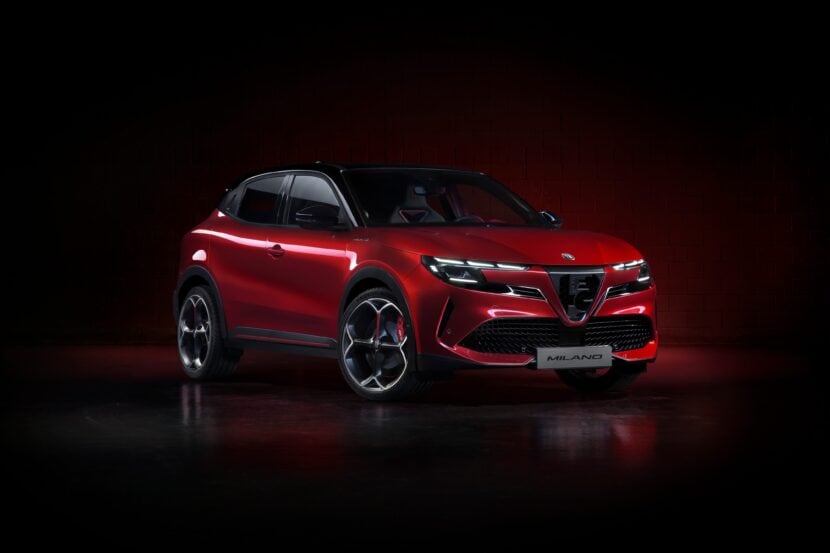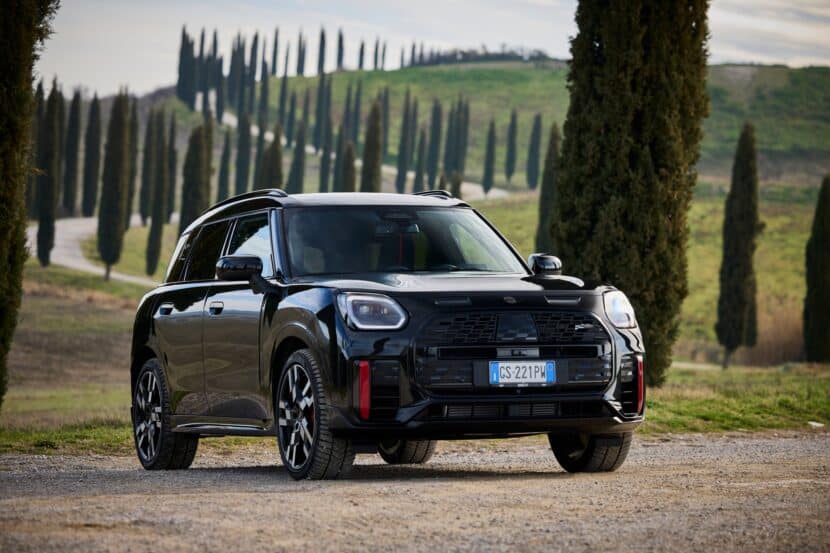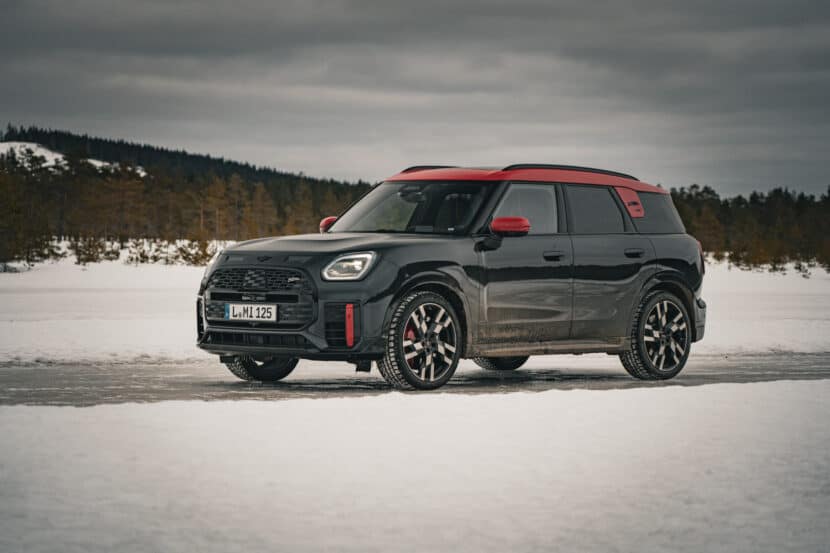One of the LA Auto Show’s main attraction was the worldwide debut of the first electric car manufactured by BMW under the Mini brand. The Mini E, short for electric, is powered by a lithium-ion battery pack that spins the front wheels with its 204-horsepower and a torque of 162 lb-ft. Limited at 95 mph, Mini says that 0 to 60 mph can be achieved in 8.5 seconds.
To us and especially to myself, the Mini E was the main reason we went half across the country(we’re Chicago based) just so we can drive this new wonder even for a few minutes. With the help of BMW and especially Mr. Sean Lobosco, we had the opportunity to drive the Mini for almost an hour, compared to the fifteen minutes Green Cars Test Drive session.
I and Josh decided to take turns and test the car individually, looking to give unbiased and independent reviews. He published his Mini E Review last week and if you missed it, I encourage you to take the time to read it.
But first things first, the Mini E will not be available to all the customers in the US, so you will not be able to walk into a BMW or Mini dealership and test drive or buy one immediately. The Mini electric will be offered to five hundred residents of California and New York City with a lease payment of $850/month. This includes full maintenance and technical support(you might need it) as well as the charging system provided by BMW and installed in your garage.
The Mini E looks and feels like a regular Mini Cooper, the only giveway that you’re driving an all-electric car are the exterior badges and logos that makes you feel special for a second, even though you’re probably one of the few people in Downtown Los Angeles that know you’re driving the first electric car from BMW/Mini.
But if you’re a true enthusiast and analyze the car closely, you will notice the missing exhaust pipes in the back since….again….we’re being eco-friendly and driving an electric car. Oh, and don’t get fooled by the fuel filler door, it is actually the place where you plug in the charging cable.
The interior changes are more obvious and they truly stand out as being part of an electric car design. The unique dashboard with gauge behind the steering wheel now turned into a battery charge indicator . The missing rear seats are another indicator that we’re in a special car, the huge battery packs takes up all the space in the back along with most of the trunk space, so don’t expect to take your family on a vacation with the Mini E or even dropping them off at the airport with their two suitcases.
BMW/Mini have really placed a lot of resources behind this launch, German engineers based out of Munich accompanied the executives at this show and they were in charge of the technical aspects or potential issues that us, the test drivers, might encounter. As soon as we walked up to our car, a BMW engineer greeted us and gave us a five minutes crash course on how to operate the Mini E.
For start, turn on the car and watch the battery levels which are displayed in analog and digital format I found myself glancing at the battery charge indicator quite often, so this is something that most of the Mini E owners might do as well. The 156 miles driving range advertised by Mini makes it perfect for city driving, but until charging stations will be setup throughout your city, you might want to wdrive closer to your house if the battery drops at low levels.
But here is where the trick and unique part comes in: after you turn it on, place the gear level in drive, but the Mini E will not start rolling on its own, so in contrast with the regular petrol engines, you need to push the gas pedal if you would like to move.
So, I rolled off slowly into the sunny Downtown LA streets. This car was built with the city-driving in mind and we had the perfect opportunity to drive it, even though, I would love to test it in the craziness of New York City’s traffic.
One thing I noticed immediately was the absolute silence, especially if you’re walking down the street, the little buzz coming from the engine is almost inaudible. The Mini E feels quite snappy and after a few minutes of driver-car bonding, I decided to push it a little bit. Coming from a powerful petrol engine, I have the tendency to push hard and fast on those gas pedals, and while the Mini E didn’t react as powerful or quick as my 335i, I found it to be very satisfying.
While the acceleration is pretty much in-line with the regular cars, the braking system takes a bit to get used to it. If any of you have ever driven an electric cart, then you would understand exactly what I’m going to tell you next. While you can brake by just slamming the pedals, the Mini E will quickly slow down if you let go the gas pedal, in contrast with the slowly coast to a stop in a gas or diesel powered car. It did feel weird for a few moments since the car will not keep its momentum of inertia and I was in a constant fear that someone behind will hit me.
So, I had to ask this question when I returned: do the brake lights activate when you release the gas pedal? “But of course” was the answer I received instantly, so it seems Mini has taken the steps to prevent any potential accidents. But I would love to see the Mini E having a smoother slowdown and sequentially. To go back for a second to the deceleration system, Mini recommends using this feature as a braking system since while doing this, the motor acts as a generator recharging the large battery pack.
With 200 horsepower and the lack of differential shifting and revving stages, the Mini gives you instant power from any speed and it rolls off the front-wheels quite fast. And speaking of the front-wheel drive transmission, I believe Mini made the right choice for now. A fair amount of snow on the road or some slippery roads might give the driver quite some trouble moving the Mini E forward, so the choice of a faster, better rear-wheel drive transmission could possibly not be the right answer for now.
As Josh mentioned as well, the cornering performance is pretty impressive and it feels that the front wheels carry you through. I also felt that the Mini E has more torque steer than a regular Mini Cooper, but I would need to drive it more to establish that.
And while we’re on the cornering and turning subject, for the past few days I have been teasing you with a story about the Mini E and a little incident I had. I already told you about my aggressive driving style, so I while applying this to the Mini E and trying to cut a sharp corner while pushing hard and instantly on the gas pedal, I managed to “crash” the software. The Mini E’s engine just stopped and I was left in the middle of the road with an warning sign displayed. So, I had the BMW/Mini guys drive over and rescue me. A quick push of a button in the trunk and a restart of the engine and I was up and running again pretty fast, but being the crazy guy that I am, instead of returning to the base, I decided to take the Mini E further in the test drive and see if the issue will replicate. Everything went smooth afterwards.
While the Mini engineer was “resetting” it, I was curious to find out more about the issue I just experienced and apparently, there is a small software bug that due to the fast push on the gas pedal and an almost instant braking, might cause the car to stop. The engineer did not seemed to worried and the issue is already being fixed by Mini in the next software update.
Of course, I dashed for the digital camera to immortalize the moment since I thought it would be unique to see myself standing next to Mini E I just shutdown.
Overall, driving the Mini E was one of the most fun, interesting, unique and exciting test drives I have ever experienced and I believe in the future of electric cars. Despite the few shortcomings (e.g. lack of rear seats, limited driving range and city charging station), this is a technology that BMW will invest in more in the future, Project i is just the beginning. And the first step into this direction will be unveiled at the Geneva Auto Show where a BMW 1 Series will be displayed and available for testing in an electric version.






